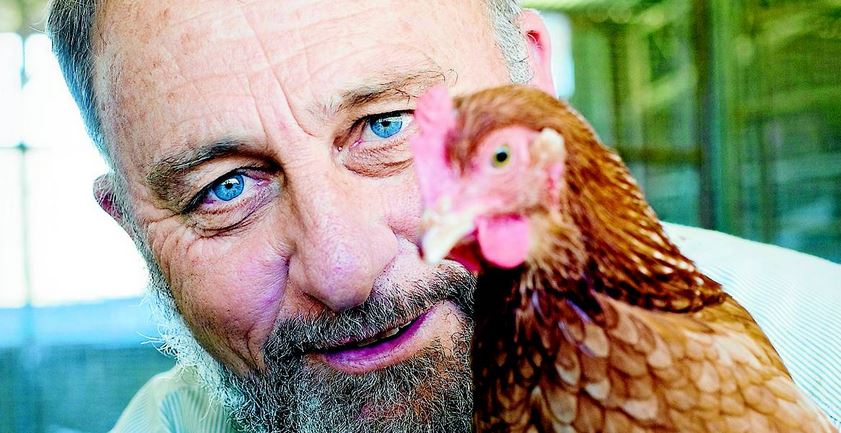Following on from their previous CRC project, Professor Geoff Hinch at the University of New England (UNE) in collaboration with Dr Caroline Lee at CSIRO have a new project (project 1.5.6) titled ‘Optimisation of the welfare of free range layer hens’. This new project aims to assess the:
- influence of differing stocking densities on free range space utilisation, welfare and productivity of laying hens, and
- effect of early life interventions on adaptability of free range laying hens to later life environmental stressors, range utilisation and choice feeding.
Their previous project (see here) resulted in the development of new scientific measures of welfare for poultry including: motivation and judgment bias tests. As well, personality tests and traditional behaviour and physiological measures were used. “Tests developed were repeatable and measured aspects of behaviour that could be used in welfare assessment” said Geoff. “However, all but one ‘personality test’ was time consuming and would be difficult to apply on a large scale”.
The project also investigated the use of free range space by individual birds, using RFID technology. The findings showed that there were consistently more than 10% of birds that did not use the range at any time. Those who did routinely use the range spent an average of four visits per day each of around 15 minutes in duration. Additionally, comparison of the welfare status of birds that did or did not use the range was assessed. Geoff concluded, “There was no consistent evidence of differences in welfare of birds that did or did not use the range (within the density ranges used), implying that use of the range may not of itself be a necessity for good welfare”.
This research established the variability in use by laying hens of free range areas, and developed robust methodologies to measure welfare state in laying hens. Following on, the new project will address the unknown question of whether free range bird welfare is significantly altered by changes in stocking density and/or environmental enrichment of the range/barn. “Scientifically defensible data is sadly lacking in this area” Geoff noted. “RFID technology, and the capacity to assess welfare state relatively easily using newly developed methodologies, will allow the evaluation of stocking density effects on the degree of utilisation of indoor and outdoor space, and also physiological and behavioural differences that may occur”.
The new project will firstly examine three stocking densities (2,000, 10,000 and 20,000 birds per hectare), again using RFID technology and methodology developed in the previous project. The trial will be replicated and conducted over a six month period (to 40 weeks of lay). The indoor stocking density of all birds will be 12 birds/m2. To assess bird welfare, the project will employ behavioural tests, record bird behaviours with video cameras and audio equipment, and monitor stress hormones in the birds. In addition, production indicators, such as feather scores, weight change during the experiment, egg production, and egg quality will be measured.
Secondly, the project will examine the effect of genotype (free range vs cage) and early life interventions (unpredictable patterns of light and sound for a period of two weeks) on adaptation, welfare and utilisation of the free range space. In addition, the effect of range-feeding with insects (larvae) on performance and nutrient intake will be examined.
Birds will be allocated to one of four treatments:
- free range genotype and early interventions,
- free range genotype and no early interventions,
- cage genotype and early interventions, or
- cage genotype and no early interventions.
As for experiment 1, welfare parameters will be measured to determine if these treatments modify the impact of management choices on the birds.
This research builds on previous work to provide scientific evidence as to whether stocking density is important to layer welfare in free range systems. It will also examine how environmental enrichment may interact with stocking density impacts on welfare status, both in and out of the shed.
“First and foremost, the benefit of this work is to ensure industry best practice for free range systems, and secondly, the development of systems where industry can guarantee that products are produced under best-practice range conditions” said Geoff. “Effects on productivity are unknown, although reduction in cannibalism, and identification of key welfare indices, could reduce mortality and morbidity enough to improve overall feed and egg production efficiency. This work should also provide some scientific data that can inform development of future policy relating to free-range management”.


